Types of Acne Scars
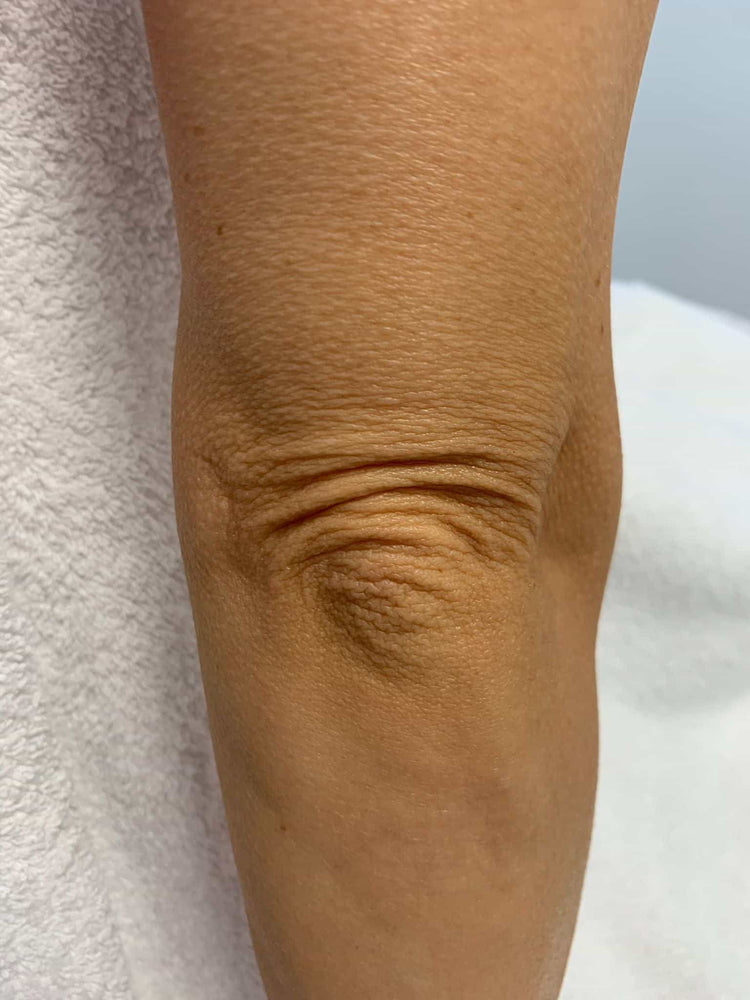
Acne scars can be a distressing aftermath of acne breakouts, leaving behind noticeable marks on the skin. These scars come in various types, each with its own unique appearance and characteristics. Understanding the different types of acne scars is crucial for determining the most effective treatment options.
Ice Pick Scars
One type of acne scar is known as an ice pick scar. These scars are characterized by their deep, narrow depressions that resemble the point of an ice pick. They typically occur due to severe cystic acne and can be quite prominent on the skin’s surface.
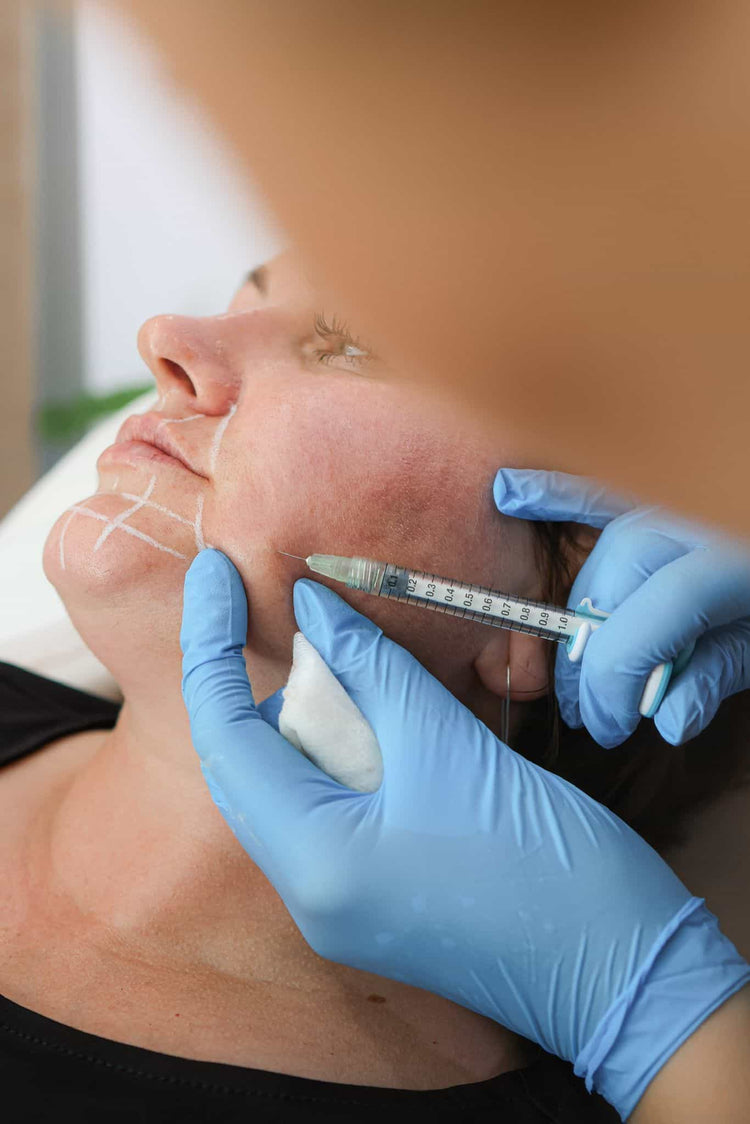
Rolling Scars
Rolling scars are another common type of acne scar. Unlike ice pick scars, rolling scars appear as shallow troughs or waves in the skin. This uneven texture is caused by fibrous bands of tissue that pull the skin downward.
- Rolling scars can vary in size and depth, ranging from subtle indentations to more pronounced waves.
- They often occur on areas where acne was previously concentrated, such as the cheeks, forehead, or chin.
Boxcar Scars
Boxcar scars are a type of atrophic scar characterized by their distinct, round or oval depressions.
The edges of boxcar scars are typically sharp and well-defined, giving them a “box-like” appearance. They form when the deeper layers of skin are damaged during acne breakouts, resulting in a loss of volume and the creation of these noticeable indentations.
Acne Scar Treatment Options in Claygate
Acne scars can be a frustrating result of past breakouts, leaving behind visible marks that impact self-confidence. Fortunately, residents of Claygate, Surrey, have access to a range of treatment options designed to minimize the appearance of these scars. From laser resurfacing to dermal fillers, skilled practitioners in Claygate can help individuals achieve smoother, more even skin.
Microneedling
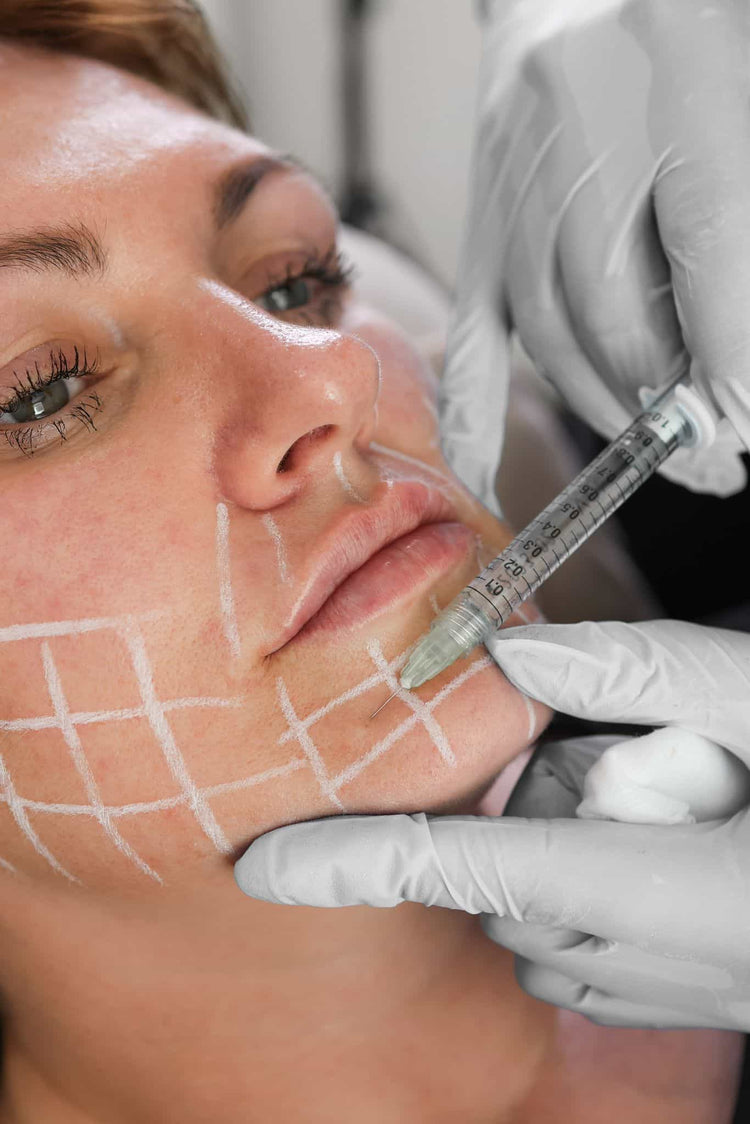
Microneedling is a minimally invasive procedure that involves using tiny needles to create controlled punctures in the skin. This stimulates the body’s natural healing process, promoting the production of collagen and elastin, proteins that give skin its structure and elasticity.
By improving collagen synthesis, microneedling can effectively reduce the appearance of acne scars by filling in depressed areas, smoothing out uneven texture, and minimizing redness and pigmentation irregularities.
Microneedling can be tailored to address different types of acne scarring. It can help improve the appearance of both shallow rolling scars and deeper ice pick scars.
Chemical Peels
Chemical peels are another effective treatment option for acne scars in Claygate. Chemical peels involve applying a solution to the skin that causes the outer layers to exfoliate and peel away, revealing smoother, healthier skin underneath.
There are different types of chemical peels, ranging from mild to deep, each tailored to address specific skin concerns. Superficial peels can help improve the appearance of superficial acne scars, while medium-depth peels can target deeper scars and stimulate collagen production.
Chemical peels can also help improve overall skin texture by reducing pigmentation irregularities, fine lines, and wrinkles.
Laser Therapy
In Claygate, Surrey, residents have access to various treatment options for acne scar reduction. One popular method is laser therapy, which utilizes focused light energy to stimulate collagen production and resurface the skin. Different types of lasers can be used depending on the severity and type of scarring.
Microneedling is another effective option available in Claygate. This minimally invasive procedure involves creating tiny punctures in the skin with sterile needles, prompting the body’s natural healing process to produce collagen and elastin. Microneedling can help minimize the appearance of both shallow rolling scars and deeper ice pick scars.
Chemical peels are also a common treatment for acne scars in Claygate. These peels use chemical solutions to exfoliate the skin, removing damaged outer layers and revealing smoother, healthier skin beneath. The type of peel used will depend on the severity of scarring and individual skin concerns. Superficial peels can address mild scarring, while medium-depth peels target deeper scars and stimulate collagen production.

Dermal Fillers
Dermal fillers are a popular non-surgical treatment option for acne scars, particularly boxcar scars. These fillers are injectable gels that add volume to the indented areas, effectively filling them in and creating a smoother skin surface.
A qualified practitioner will inject the filler directly into the scar, carefully targeting the depressed regions. The results of dermal fillers are typically immediate and can last for several months, depending on the type of filler used and individual factors.
Subcision
Subcision is a minimally invasive procedure that targets deeper acne scars, particularly those with fibrous bands pulling the skin downward, such as rolling scars.
During subcision, a needle is inserted under the scar tissue to break up these fibrous bands. This releases the tension holding the scar down, allowing it to gradually rise and blend more seamlessly with the surrounding skin.
Subcision can be performed in conjunction with other treatments, such as microneedling or fillers, for enhanced results.
Choosing the Right Treatment
Choosing the right treatment for acne scars can be a complex decision due to the various types of scarring and individual skin concerns. Understanding the different scar types is essential for determining the most effective approach.
Consultation with a Dermatologist
Consulting with a dermatologist in Claygate, Surrey is crucial for determining the most suitable acne scar treatment.
A dermatologist will assess the type, severity, and location of your scars, as well as consider your skin type and medical history. Based on this evaluation, they can recommend the best course of action, which may involve a combination of treatments.
For instance, if you have rolling scars, microneedling or subcision might be recommended, while boxcar scars may benefit from dermal fillers or laser therapy.
Skin Type and Scar Severity
Acne scars can be a distressing aftermath of acne breakouts, leaving behind noticeable marks on the skin. These scars come in various types, each with its own unique appearance and characteristics. Understanding the different types of acne scars is crucial for determining the most effective treatment options.
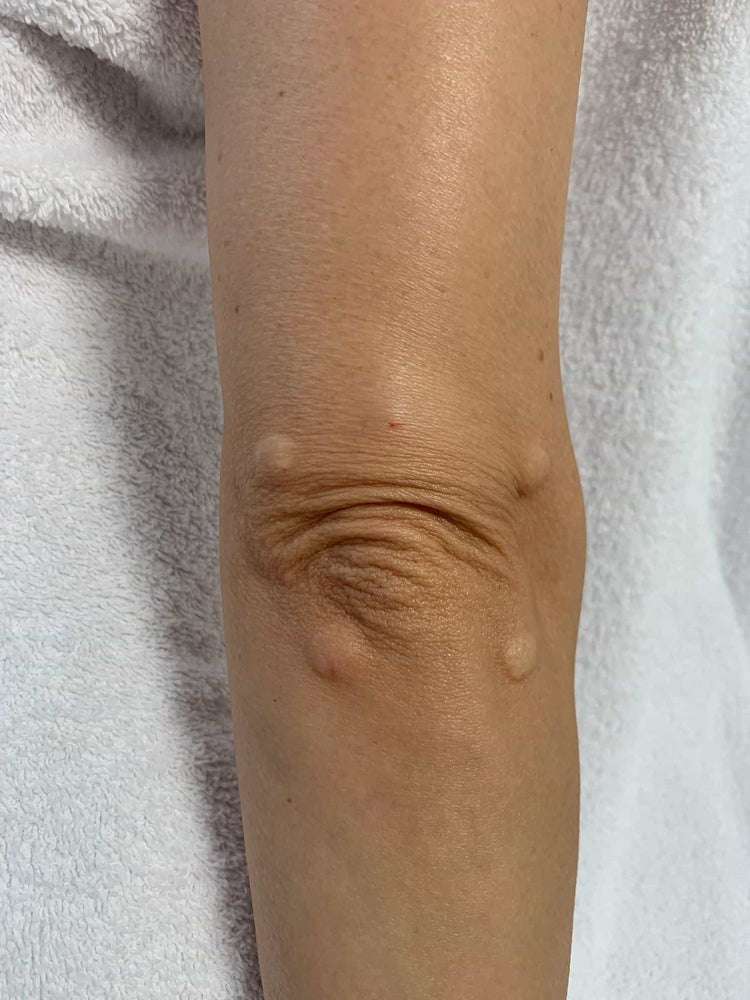
One type of acne scar is known as an ice pick scar. These scars are characterized by their deep, narrow depressions that resemble the point of an ice pick. They typically occur due to severe cystic acne and can be quite prominent on the skin’s surface.
Rolling scars are another common type of acne scar. Unlike ice pick scars, rolling scars appear as shallow troughs or waves in the skin. This uneven texture is caused by fibrous bands of tissue that pull the skin downward.
Boxcar scars are a type of atrophic scar characterized by their distinct, round or oval depressions.
The edges of boxcar scars are typically sharp and well-defined, giving them a “box-like” appearance. They form when the deeper layers of skin are damaged during acne breakouts, resulting in a loss of volume and the creation of these noticeable indentations.
Acne scar treatment options vary depending on the type of scarring and individual skin concerns.
Microneedling is a minimally invasive procedure that involves using tiny needles to create controlled punctures in the skin. This stimulates the body’s natural healing process, promoting the production of collagen and elastin, proteins that give skin its structure and elasticity.
By improving collagen synthesis, microneedling can effectively reduce the appearance of acne scars by filling in depressed areas, smoothing out uneven texture, and minimizing redness and pigmentation irregularities.
Chemical peels are another effective treatment option for acne scars. Chemical peels involve applying a solution to the skin that causes the outer layers to exfoliate and peel away, revealing smoother, healthier skin underneath. There are different types of chemical peels, ranging from mild to deep, each tailored to address specific skin concerns. Superficial peels can help improve the appearance of superficial acne scars, while medium-depth peels can target deeper scars and stimulate collagen production.
Chemical peels can also help improve overall skin texture by reducing pigmentation irregularities, fine lines, and wrinkles.
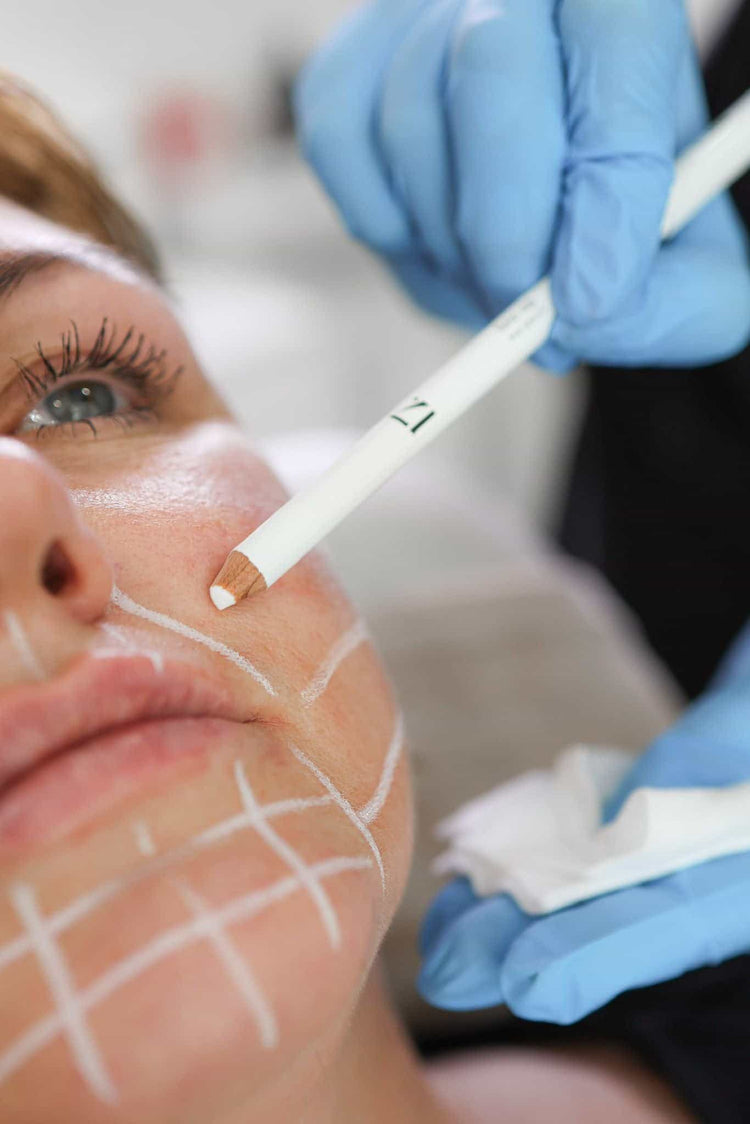
Dermal fillers are a popular non-surgical treatment option for acne scars, particularly boxcar scars. These fillers are injectable gels that add volume to the indented areas, effectively filling them in and creating a smoother skin surface.
Subcision is a minimally invasive procedure that targets deeper acne scars, particularly those with fibrous bands pulling the skin downward, such as rolling scars.
Choosing the right treatment for acne scars can be a complex decision due to the various types of scarring and individual skin concerns. Consulting with a dermatologist in Claygate, Surrey is crucial for determining the most suitable acne scar treatment.
A dermatologist will assess the type, severity, and location of your scars, as well as consider your skin type and medical history. Based on this evaluation, they can recommend the best course of action, which may involve a combination of treatments.
Treatment Costs and Availability
Acne scar treatment options vary depending on the type of scarring and individual skin concerns.
- Microneedling is a minimally invasive procedure that involves using tiny needles to create controlled punctures in the skin. This stimulates the body’s natural healing process, promoting the production of collagen and elastin, proteins that give skin its structure and elasticity.
- Chemical peels are another effective treatment option for acne scars. Chemical peels involve applying a solution to the skin that causes the outer layers to exfoliate and peel away, revealing smoother, healthier skin underneath. There are different types of chemical peels, ranging from mild to deep, each tailored to address specific skin concerns.
- Dermal fillers are a popular non-surgical treatment option for acne scars, particularly boxcar scars. These fillers are injectable gels that add volume to the indented areas, effectively filling them in and creating a smoother skin surface.
Subcision is a minimally invasive procedure that targets deeper acne scars, particularly those with fibrous bands pulling the skin downward, such as rolling scars.
Recovery and Aftercare
Recovery and aftercare are essential components of any successful acne scar treatment. Following your practitioner’s instructions carefully will help optimize results and minimize potential complications.
Downtime Expected
Downtime expected after acne scar treatment varies depending on the chosen procedure. For minimally invasive procedures like microneedling or superficial chemical peels, downtime is usually minimal, with redness and slight swelling subsiding within a few days.
Moderate downtime of a week or two may be expected after medium-depth chemical peels or subcision.
More involved treatments like laser therapy or dermal filler injections often have shorter downtime periods compared to surgical procedures, typically ranging from a few days to a week.
- During the recovery period, it’s important to protect your skin from sun exposure by using sunscreen with an SPF of 30 or higher daily.
- Avoid picking at scabs or scratching treated areas as this can increase the risk of scarring and infection.
- Follow any post-treatment care instructions provided by your practitioner, including avoiding harsh skincare products and makeup until your skin has fully healed.
Post-Treatment Instructions
Recovery and aftercare are crucial for optimizing the results of acne scar treatments and minimizing potential complications. The amount of downtime needed varies depending on the type of procedure performed.
Minimally invasive treatments like microneedling or superficial chemical peels usually have minimal downtime, with redness and swelling subsiding within a few days. Moderate downtime of a week or two may be expected after medium-depth chemical peels or subcision. More involved procedures like laser therapy or dermal filler injections typically involve shorter recovery periods compared to surgical procedures, ranging from a few days to a week.
Regardless of the treatment, it’s essential to protect your skin from the sun during the recovery period by applying sunscreen with an SPF of 30 or higher daily. Avoid picking at scabs or scratching treated areas, as this can lead to scarring and infection. Carefully follow any post-treatment instructions provided by your practitioner, including avoiding harsh skincare products and makeup until your skin has fully healed.
Achieve the perfect lip shape with Dr. Laura Geige at It’s Me & You Clinic
- THC Drinks For Sleep: Do They Really Work? - November 1, 2025
- Skin Pen Microneedling Near Westcott, Surrey - October 30, 2025
- Sculptra Surrey – Collagen Stimulation Therapy Near Thames Ditton, Surrey - October 28, 2025
